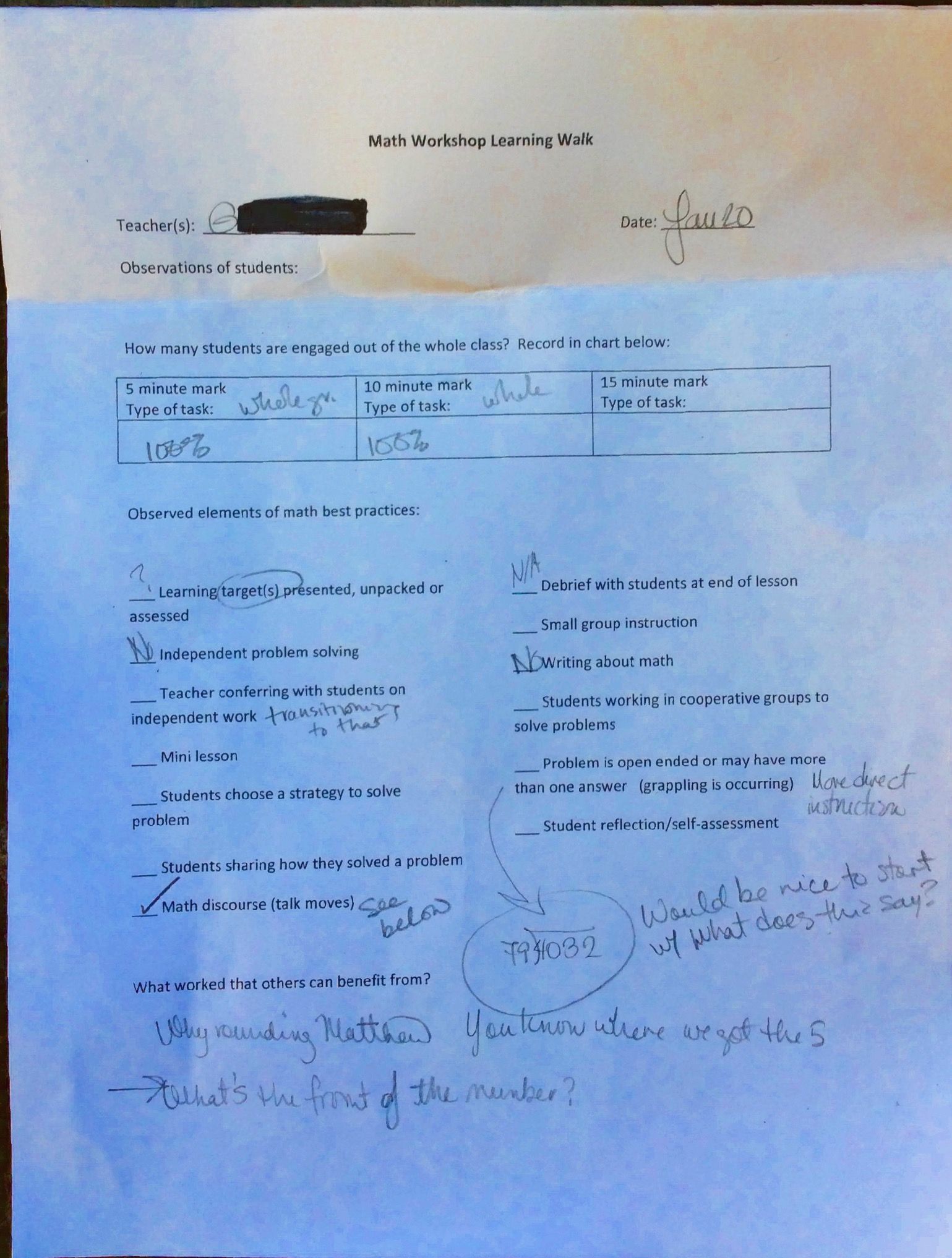Describe: My school improvement project targets intervention of struggling first graders in math. My efforts in the last month have mainly focused on trying to make a workable schedule, pin down the person who agreed to do the intervention, and prioritize students who should be receiving the intervention. I have also not heard anything about having the online tracking component funded from the grant I wrote.
Reflect: There is no block of time allocated to this project per se, so scheduling has been the main problem. I can’t change the overall schedule, but I could find small chunks of time to implement the project. However, finding specialists who will stick with that schedule has been a challenge. Honestly, I think I’ve been too flexible with the specialists involved in the project. What I’ve learned about myself as a leader from this project so far is that I’m going to have to spell everything out in order to make sure it happens. Instead of opening it up for specialists to drop in when they have some time, the schedule will have to be concrete.
Connect: The School Improvement Plan connects to Standard 2.1’s “collaborate with others.” I’m getting a real lesson in how to get others to do what you need them to do. It’s been a mixture of sweet talking and presenting data in order to motivate the interventionists to be involved. This job is not something I ever could do on my own, nor would it be as powerful an experience if I were. It also relates to Standard 1.2: organizational effectiveness and create school based strategic goals. For my future as a leader, I would say that this has been a great experience in how to collaborate with others to get things done. I have always believed that if something is important you will dedicate time to it. If I drop the ball, no one else swoops in to take over. It’s all me driving it forward at this point.
